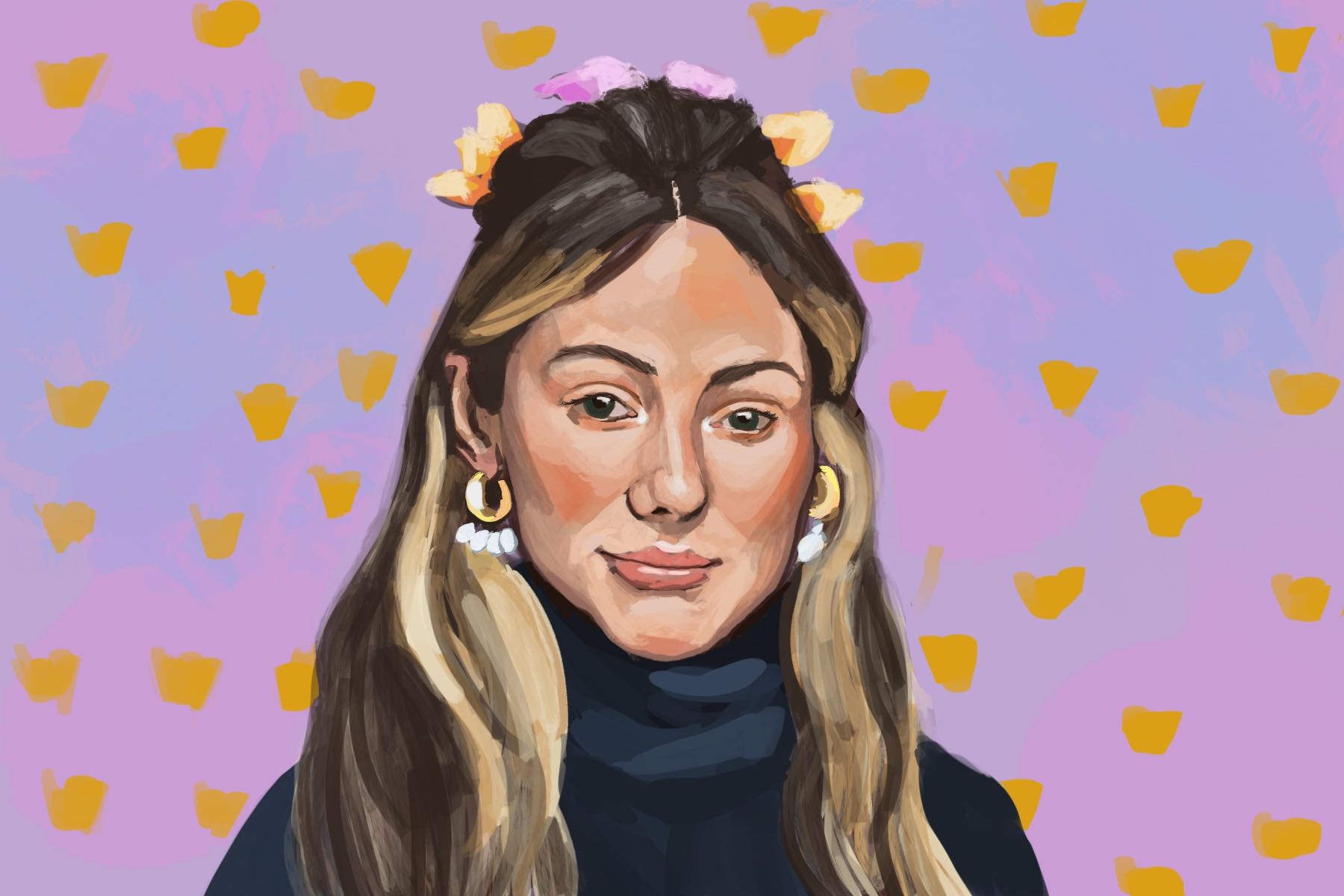In an age where Instagram followers are a relatively accepted form of currency, being an influencer is considered a career that, while readily mocked, is still a real income-producing job for many. The average millennial spends an inordinate amount of time on social media, and the number of people to “follow” can seem endless. Caroline Calloway first went viral from a purported scam, when her poorly planned and high priced “creativity workshops” garnered the attention of a viral Twitter thread. The thread mocked the way she embodied influencer culture of, essentially, selling nothing, and reputable sources such as Refinery29 took interest.
Calloway is an NYU and Cambridge-educated, clearly privileged, outspoken and somewhat impulsive 27-year-old New Yorker living relatively lavishly off of seemingly little income. She quickly grabbed the internet’s attention, and in the case of the “creativity workshop” debacle, its hatred. Few influencers with her amount of engagement (around 1,000 likes per photo and 800,000 followers) achieve the level of attention that Caroline accumulated within a short period of time.
Yet, despite her humble following compared to celebrities and influencers with millions of fans, Caroline Calloway became an object of fascination and fixation. While her follower account steadily drops, an open Reddit thread attacks, but continues to observe, her every move. Before Calloway was a considered a scammer, however, she gained popularity through long-form captions telling stories she dubbed “#adventuregrams.” Her hate-followers are quick to proclaim her content-as-art as laughable, and certainly, you could say that social media content has a very tenuous connection with what’s considered art.
However, there is something in the way the post-scam Calloway both loudly announces her insecurities and sings her own praises that feels refreshingly honest. Whether or not Instagram captions are capable of existing as art is up to the consumer to decide. But, as Calloway candidly expressed in an Instagram story a few weeks ago, something about her work is somehow addicting enough that even her most ardent detractors continue to follow along.
Instagram has long been a place of filters and facades, and while her digital identity’s trueness to her real life is scoffed at by many online observers, it is indisputable that Calloway’s platform is one that tells a story that goes beyond rainbows and butterflies.
The conversation about mental health is beginning on social media, but even today, it usually takes the form of crafted, long captions where an online figure opens up about their monthslong journey with depression. Calloway speaks in real time, and she speaks in a stream-of-consciousness tone that, while perceived as narcissistic by many, also captures the day-to-day joys and struggles of her own life. She does so with an attention to detail that allows for insight into this woman’s mind that would be hard to replicate through any other medium.
Caroline Calloway initially rose to popularity because of her long-form captions through which she crafted a narrative. Now, her stories, which she posts nearly 50 of daily, read more like a witty journal. She received pushback for posting a paragraph that, in a few sentences, discussed both how saddened she was about a massacre in Sudan and how good her apartment looked. Admittedly, placing these two topics side by side seems insensitive. However, Calloway defended herself by explaining that she felt that the paragraph replicated the complex way in which celebrating the everyday joys within a privileged existence emotionally conflicts with mourning the constant suffering of others that we must always remain aware of.
Perhaps this means of expression shows more thoughtfulness and tact than other influencers who allow an hour to post about Sudan in order to fulfill their social duty and then resume their sponsored skin care advertisements as soon as the social media buzz around the atrocity dies down.
Calloway is not an entirely unproblematic figure, and while it is impossible to comprehensively judge someone off of their social media presence, some of her actions admittedly feel questionable. She recently accepted Venmo requests from fans after claiming to be “broke” and then proceeded to buy herself expensive Aperol Spritz for dinner for over a week.
She has used terms like “privileged-shamed” and can be slightly unreliable in following through with posts or events that she promises fans, like the original creativity workshops. Her haters hate her because she can come off as narcissistic, and it is true that much of her content is her talking about creating content. However, while this meta-posting is deemed laughable by a large swath of the internet, the masses continue to observe. There is something fascinating, and arguably invaluable, in reading not just an author’s words, but seeing the author’s process of creating those words.
Sure, the words Calloway is authoring may be a three paragraph caption connecting her college experience at Cambridge to her modern life in New York, but before the readers view these words, they get to see her reminiscing in her apartment, walking to therapy, feeling simultaneously offended and resilient in response to internet hate, revising lines she doesn’t like and ultimately celebrating the lines she is proud of.
Most everyone only posts selfies where they think they look their best, but when Calloway proclaims that she is going out as “a Scandinavian it-girl,” she is deemed narcissistic.
Calloway shares the days where she can’t get out of bed, and the days in between elated confidence and deep depression. Is it self-absorbed to create an online world that revolves mainly around yourself? Arguably, but Caroline Calloway is hardly the only one doing this. She might, however, be one of the few who’s honest about it.
















